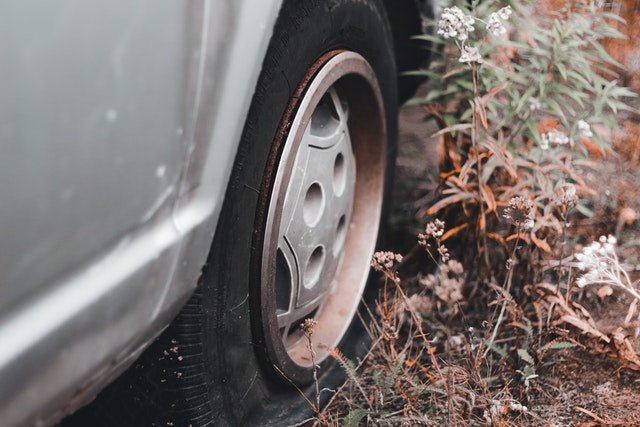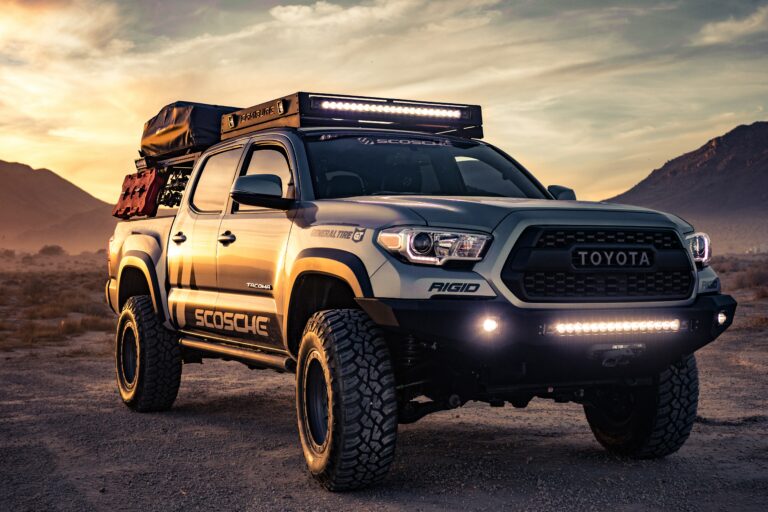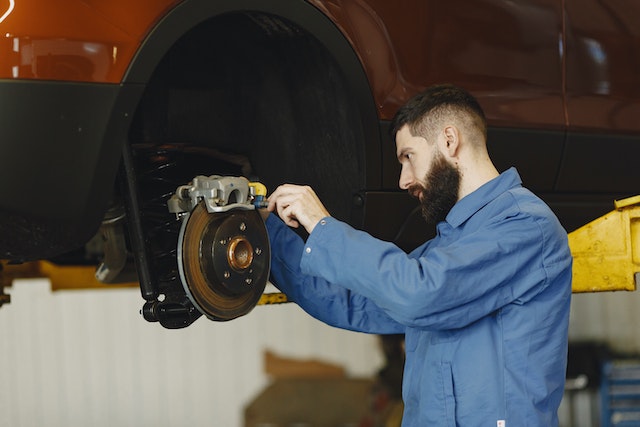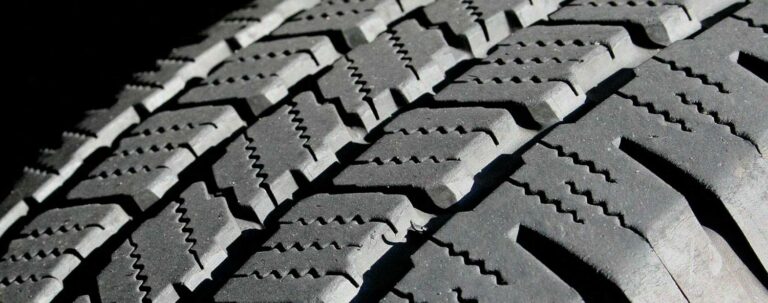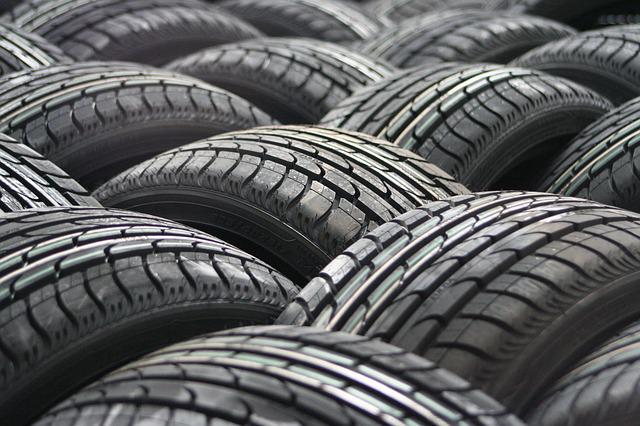Different types of tyre damage: Assessing and diagnosing tyre damage accurately
Not only is tyre damage a serious safety issue, it can also be very inconvenient. The five most common types of tyre damage are: punctures, cracks, irregular tread wear, sidewall damage and bursts.
Australian tyre recycler and founder of Branigans Tyres, Chris Lett, expands on each of these types of tyre damage, and more importantly advises to regularly check the vehicle’s tyres, to manage tyre performance and foresee potential concerns.
Punctures occur through the penetration of sharp objects towards the outer walls of the tyre. Punctures can be caused by loose nails and screws, tarmac cracks and shards of glass among many other sharp objects left on the road. Should a puncture from a sharp object reach deep into the tyre, this can cause air pressure loss, creating many problems, from reduced vehicle handling to loss of grip.
“Punctures usually present themselves in two ways; rapid punctures and slow punctures. Rapid punctures have an immediate effect, and severely inhibit one’s driving abilities. Tyre pressure is lost quickly, influencing the driver’s control instantaneously. Slow punctures are more noticeable, as upon inspection, tyres appear deflated or debris is attached to them,” says Lett. A punctured tyre should be either removed immediately and replaced in the first instance with the spare tyre, or temporarily repaired with a puncture repair kit. As soon as possible, the damaged tyre should be replaced.
“Cracks can appear on the part of the tyre that has the most road contact, as well as tyre sidewalls. The side of the crack can range from less than a millimetre to well over a centimetre in width. The width of the tyre crack, the more urgent it is to change the tyre,” says Lett. Cracks can be caused by general wear and tear, bad roads or even excessive ultraviolet (UV) rays exposure. When assessing tyres for cracks, it is important to check the outer surface, sidewall and inside the tread grooves. Like cuts, cracks cannot be repaired effectively, therefore, tyre replacement is a necessity.
There are three different types of irregular tread wear. Heel and toe wear, centre wear and one-sided wear. All three types of irregular tread wear affect both vehicle handling and traction. Heel and toe wear is caused by one side of the tyre tread blocks wearing faster than the other, while rubbing against the road surface and snapping back into position while the tyre is rolling. Centre wear is when the centre of the tyre treads are worn more quickly than the rest of the treads. One-sided wear is caused by the misalignment of the wheel on its axis, occurring both on the inside and outside depending on which way the wheel is misaligned, thus causing an uneven amount of wear on one side of the tyre. Evaluating irregular tread wear is easy to assess on the vehicle’s tread bars. “Irregular tread wear cannot be reversed, so a new tyre or set of tyres will be needed to replace the affected tyre or tyres,” says Lett.
Bulges and cuts are the two main types of sidewall damage. Bulges are caused by impacts such as hitting a pothole or a curb, affecting the structural wellbeing of the tyre’s sidewall, weakening the impact spot, and causing air pressure to produce a bubble protrusion. Cuts are more dangerous and are also due to sudden impacts leading to blowouts. “In terms of assessment, should one notice a tyre bulge or tyre cut opened within the sidewall, the tyre should be replaced as soon as possible. Safely head to the nearest garage or workshop or utilise a mobile tyre replacement service to replace the damaged tyre or tyres immediately,” says Lett.
A burst is a damage type whereby the tyre sidewall is comprised, affecting air holding abilities, drastically affecting vehicle performance and the safety of both the driver and other road users. Tyre bursts are immediately noticeable as the steering pulls toward one direction upon the burst and can easily be assessed by both the impact and the visual severity of the burst. “A tyre burst will need immediate replacement,” says Lett.
“Tyre checks are a crucial part of a vehicle’s safety evaluation before any short or long journeys on the road,” says Lett. “Ensuring tyres receive adequate check ups on a regular basis provides vehicle owners with the knowledge of the current state of their tyres. Should any red flags surface in the form of poor tyre performance, or noticeable damage, this should immediately prompt the driver to make the necessary tyre changes,” Lett adds.
Branigans Tyres Southport and Burleigh Heads comprises an expert team that thoroughly assesses the client’s tyres to detect any of the major tyre damages with their tyre check option. After that, should tyres pose a threat to road safety under inspection, Branigans finest new or recycled tyres are the ideal choice to ensure safe, quality tyres.
Branigans Tyres has well-established workshops in Burleigh Heads and Southport in the Gold Coast region. Checkout their full range of services or current featured promotions. Branigans award-winning affordable tyre subscriptions package starts at $7.97 and helps motorists budget for their ongoing tyre needs.
Vehicle owners are encouraged to drive in at their convenience as no pre-bookings or appointments are required. The branches are Burleigh Heads: (07) 5535 2660 situated at 13 Flagstone Drive or Southport: (07) 5591 8633 located at 1/277 Southport-Nerang Rd.
Written and syndicated by YDMA News.

